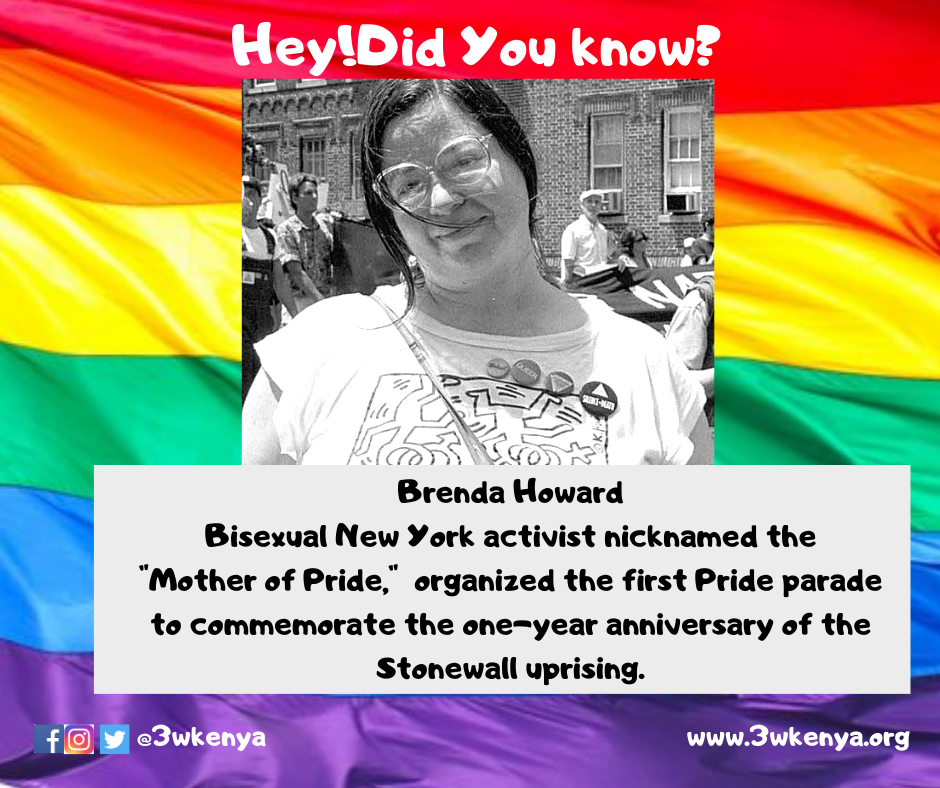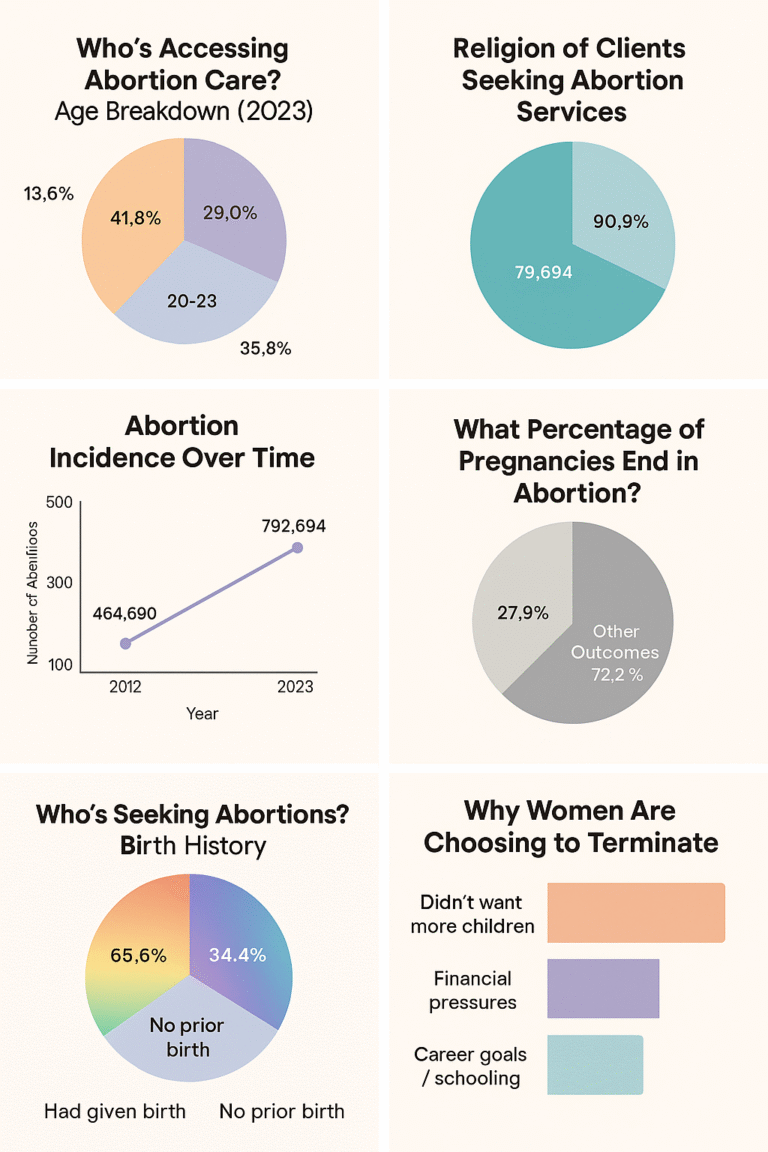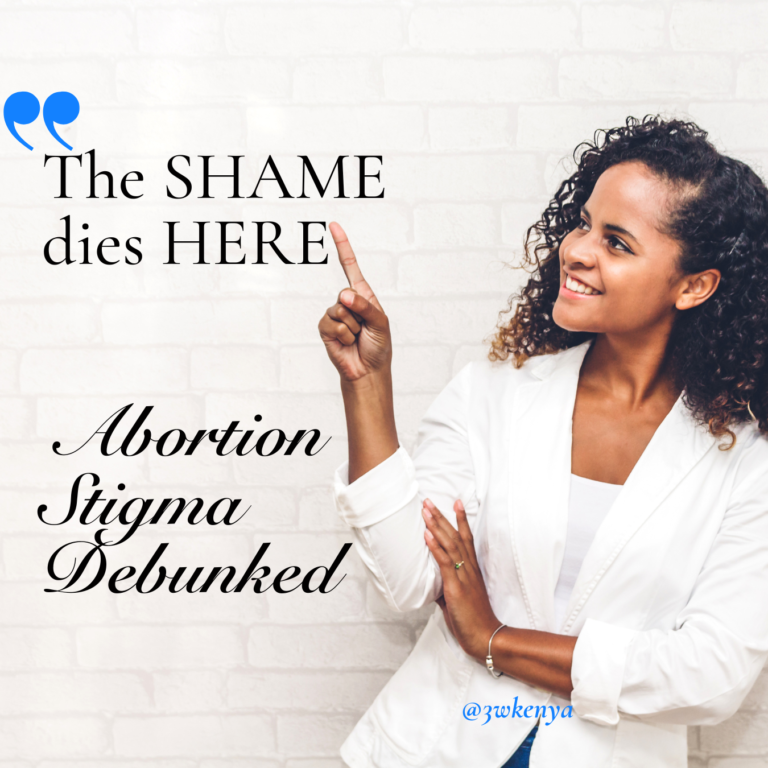Understanding Pride Month
PRIDE is the confidence and self-respect as expressed by members of a group, typically one that has been socially marginalized, on the basis of their shared identity, culture, and experience.
June is Pride month, it is a month dedicated to celebrating the LGBTQ+ communities all around the world. The name pride is credited to Brenda Howard, a bisexual New York activist nicknamed the “Mother of Pride,” who organized the first Pride parade to commemorate the one-year anniversary of the Stonewall uprising. Pride events are geared toward anyone who feels like their sexual identity falls outside the mainstream — although many straight people join in, too. Howard was a hands-on, grassroots activist who fought for the rights of the minorities. And even if her name isn’t as well-known as some other LGBT pioneers, her accomplishments can’t be forgotten.
LGBT is an acronym meaning lesbian, gay, bisexual and transgender. The term sometimes is extended to LGBTQ, or even LGBTQIA, to include queer, intersex and asexual groups. Queer is an umbrella term for non-straight people; intersex refers to those whose sex is not clearly defined because of genetic, hormonal or biological differences; and asexual describes those who don’t experience sexual attraction. These terms may also include gender fluid people, or those whose gender identity shifts over time or depending on the situation.
How pride started;
In the early hours of June 28, 1969, police raided the Stonewall Inn, a gay bar in New York’s Greenwich Village, and began hauling customers outside. Tensions quickly escalated as patron’s resisted arrest and a growing crowd of bystanders threw bottles and coins at the officers. New York’s gay community, fed up after years of harassment by authorities, broke out in neighborhood riots that went on for three days. The uprising became a catalyst for an emerging gay rights movement as organizations such as the Gay Liberation Front and the Gay Activists Alliance were formed, modeled after the civil rights movement and the women’s rights movement. Members held protests, met with political leaders and interrupted public meetings to hold those leaders accountable. A year after the Stonewall riots, the nation’s first Gay Pride marches were held.
Brenda Howard’s involvement in pride;
A ferocious and radical activist, Howard, who was bisexual, vehemently supported and participated in the antiwar and feminist movements, as well as the Gay Liberation Front and Gay Activists’ Alliance (she was the chair for several years). Howard created a one-month Stonewall anniversary rally in July 1969. Then, one year after Stonewall, she and a committee planned Gay Pride Week and the Christopher Street Liberation Day Parade. Often called “The Mother of Pride,” Howard’s week and parade evolved into the annual New York City Pride march and Pride celebrations we now know around the world. A fixture in New York City’s LGBT community, Howard was active in the Coalition for Lesbian and Gay Rights, which helped guide New York City’s LGBT rights law through the City Council in 1986. In 1987 Howard helped found the New York Area Bisexual Network to help co-ordinate services to the region’s growing Bisexual community.
Pride month is about coming together and making as much noise as possible. It’s about saying we’re here, we’ve always been here, and we will continue to be here no matter what may come. It is about teaching tolerance, education in pride history and continuing to move forward in equality. It’s all about being proud of who you are no matter who you love.
Learn more about Brenda Howard here;
https://www.autostraddle.com/idol-worship-brenda-howard-bisexual-curmudgeon-and-mother-of-pride-178878/




